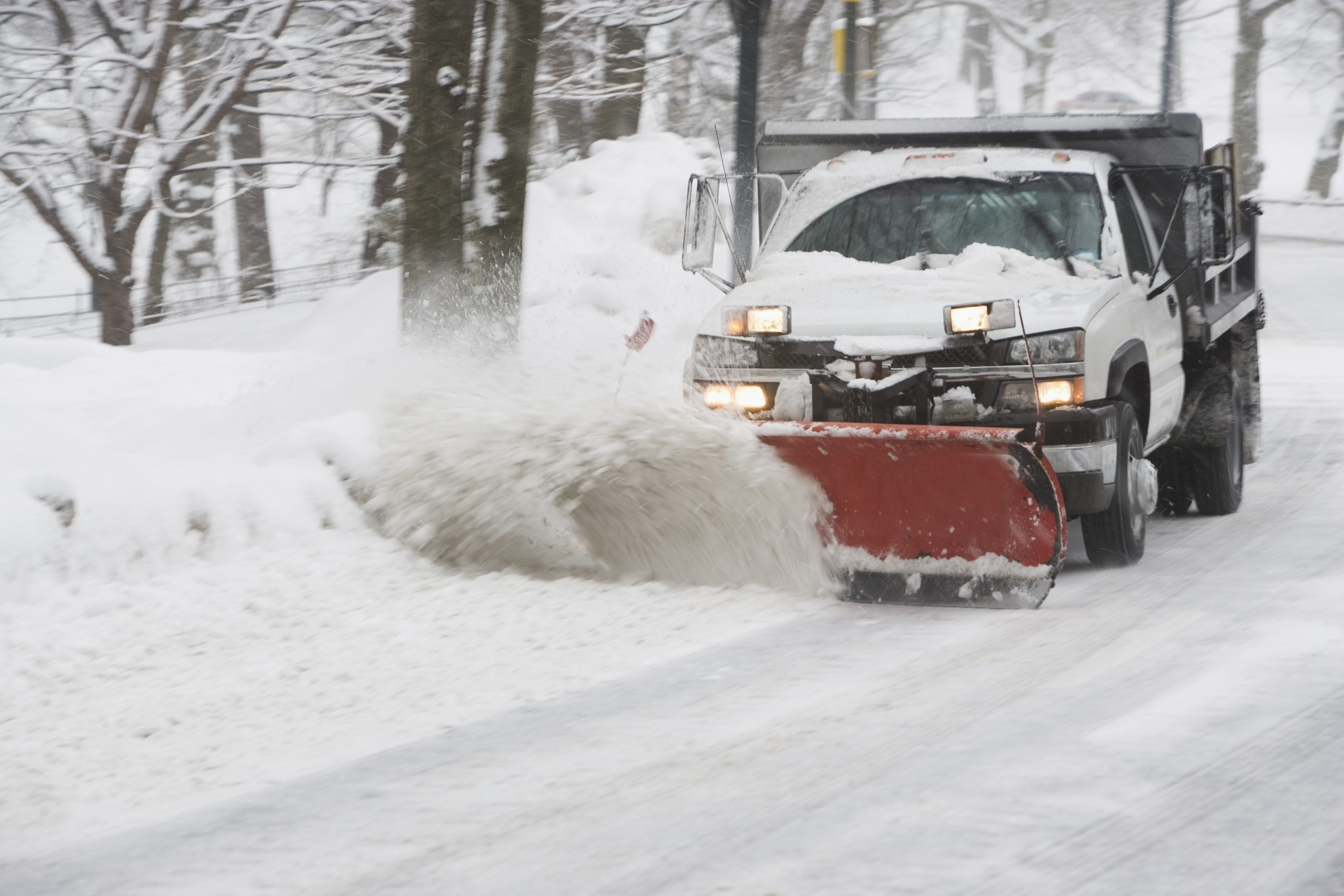A recent study led by University of Maryland and University of Connecticut researchers found that streams and rivers across the United States have become saltier and more alkaline over the past 50 years, thanks to road deicers, fertilizers, and other salty compounds that humans indirectly release into waterways. The team named this effect “Freshwater Salinization Syndrome.”
New research from the same group takes a closer look at the global, regional, and local consequences of Freshwater Salinization Syndrome. The group found that salty, alkaline freshwater can release a variety of chemicals, including toxic metals and harmful nitrogen-containing compounds, from stream beds and soils in drainage basins. The results further suggest that many of these chemicals travel together throughout watersheds, forming “chemical cocktails” that can have more devastating effects on drinking water supplies and ecosystems when compared with individual contaminants alone.
“Given what we are finding, I continue to be surprised by the scope and magnitude of the recent degradation of Earth’s surface waters,” says study co-author Gene Likens, distinguished professor in the Department of Ecology and Evolutionary Biology at UConn, who is known for his pioneering work on acid rain. “The formation of novel chemical cocktails is causing deterioration far beyond my expectations.”
I continue to be surprised by the scope and magnitude of the recent degradation of Earth’s surface waters. — Gene Likens
The group’s latest work, which includes field observations from the Washington, D.C., and Baltimore metropolitan areas, highlights the need for new and more comprehensive regulation and pollution management strategies. The research team published its findings Dec. 3, in the journal Philosophical Transactions of the Royal Society B.
“The bottom line of our findings is that when humans add salt to waterways, that salt also releases a lot of dangerous collateral chemicals,” says Sujay Kaushal, a professor of geology at the University of Maryland and lead author of the study. “It’s clear that regulatory agencies need to find new ways to address these ‘chemical cocktails’ released by saltier water, rather than looking at individual freshwater pollutants one by one.”
Salty, alkaline freshwater is already known to create big problems for drinking water supplies, urban infrastructure, and natural ecosystems. For example, when Flint, Michigan, switched its primary water source to the Flint River in 2014, the river’s high salt load combined with chemical treatments to make the water more corrosive, causing lead to leach from water pipes and creating that city’s well-documented water crisis.
This latest research project investigated the impacts of chemical cocktails created by saltier water in more detail. The group began by assessing previously published data from rivers in the U.S., Europe, Canada, Russia, China, and Iran, substantially expanding the geographic boundaries of the researchers’ previous work. Their analysis suggests that Freshwater Salinization Syndrome could be a global phenomenon, with the most conclusive support showing a steady trend of increased salt ions in both U.S. and European rivers. These trends can be traced back at least 50 years, with some data reaching back far enough to support a 100-year trend.
Regulatory agencies need to find new ways to address these ‘chemical cocktails’ … rather than looking at individual freshwater pollutants one by one. — Sujay Kaushal
In the snowy Mid-Atlantic states and New England, road salt applied to roadways in winter is a primary cause of Freshwater Salinization Syndrome. The team took a deeper dive into the chemical consequences of road salt by performing detailed field studies in streams located near Washington, D.C. and Baltimore.
In one set of observations, the researchers sampled water from the Paint Branch stream near the University of Maryland campus before, during, and after a 2017 snowstorm. This aspect of the study allowed the team to trace the effects of road salt washed into the streams by the melting snow. What they found were surprisingly high concentrations of salt during the snowstorm, corresponding with increases in metal concentrations.
Previous research has shown that very salty water can force metals – especially copper, cadmium, manganese, and zinc – out of stream-bed soils and into stream water. In the Paint Branch stream, Kaushal and his colleagues noted large spikes in copper, manganese, and zinc immediately following the snowstorm. In a similar set of observations in Washington, D.C.’s Rock Creek, the team observed notable spikes in cadmium, copper, and zinc following other snowstorms.
In another series of experiments, the researchers artificially added salt to the Gwynns Falls stream near Baltimore to simulate what happens during a snowstorm, and measured copper concentrations in the water before, during, and after adding salt. The downstream data showed an instant spike in copper released from the stream bed, suggesting a direct connection between the stream’s salt content and copper in the water.
Salt ion concentrations can stay high for months following a storm, Kaushal adds. This lengthens the amount of time that salt can draw metals from the soil, resulting in harmful cocktails of metals and salts transported far downstream, long after winter has ended.



